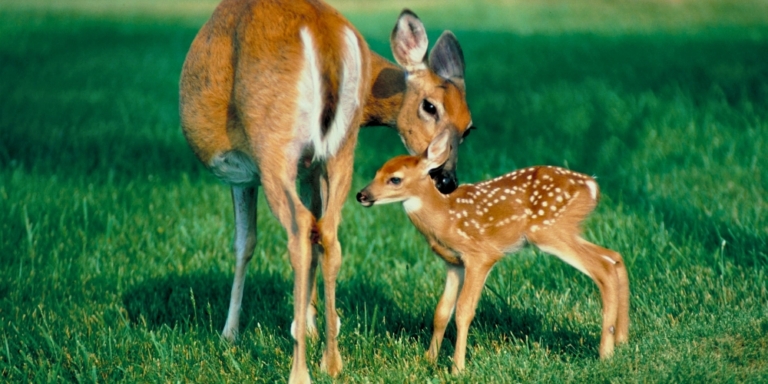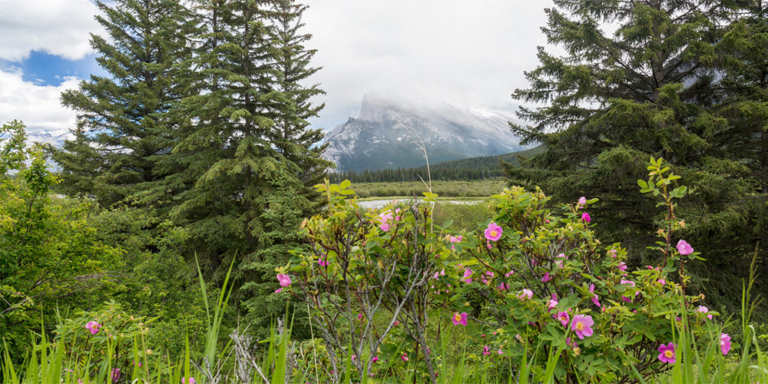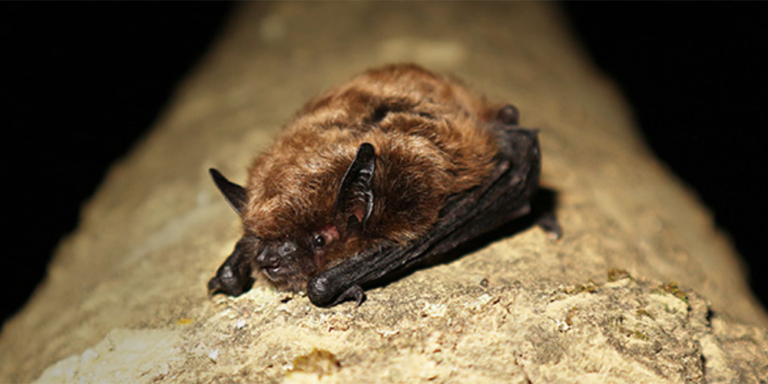We are all familiar with the phrase, “You never miss a good thing until it’s gone.”
Whether it’s the lunch your coworker stole or your first love, these words apply to many aspects of our lives.
Our local wildlife is no exception.
The Alberta Community Bat Program (ACBP) is calling for immediate action to protect our province’s bat species not just from habitat loss or deadly diseases but from a renewable energy source – wind farms.
The ACBP is a non-profit organization “working to build a future where bats thrive and are appreciated as an important component of life on the planet.”
What do bats and wind farms have to do with each other?
According to the ACBP Conservation and Outreach Coordinator, Susan Holroyd, a lot.
“Wind farms and bats are a big deal… [bats] are being killed at unsustainable levels,” Holroyd told Red Deer Advocate.
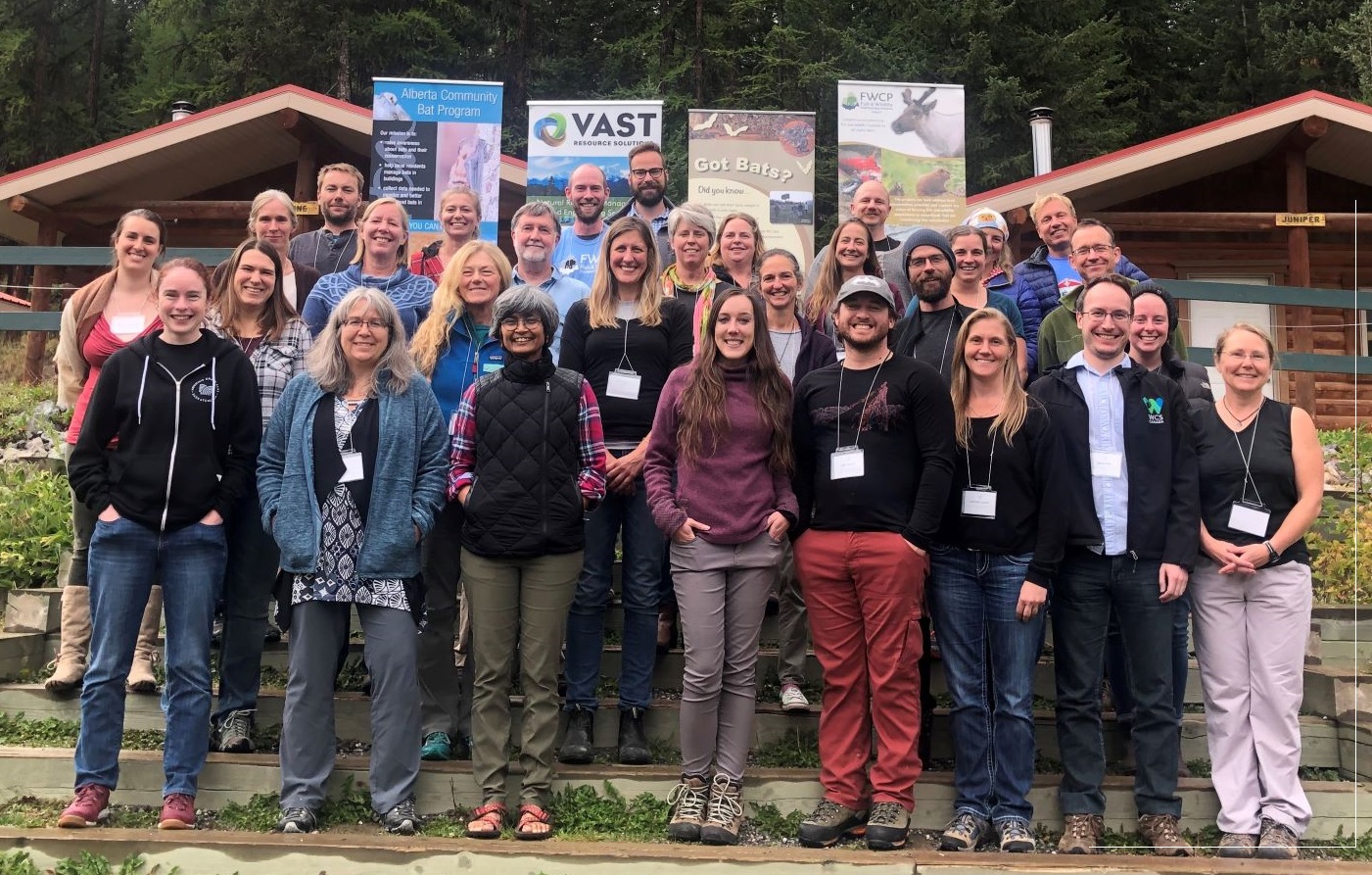

Wind Farm Dangers
There’s no question that Alberta is a leader in wind energy.
Our province is home to more than 40 wind farms.
Unfortunately, many wind farms are placed along the migratory routes of bats, putting the little mammals at risk of being struck by rotating wind turbines.
Land-based wind turbines kill as many as 880,000 bats worldwide each year.
However, not all bat deaths on wind farms are caused by turbine collisions.
Holroyd points out that bats usually travel in the early evening when winds are low.
However, the pressure a turbine’s rotor blade creates as it moves through the air is enough to kill bats via barotrauma.
Barotrauma refers to injuries or death caused by sudden or significant changes in air or water pressure.
According to a 2008 study, 90 percent of bat deaths on wind farms involved barotrauma in some way.
Fall is the most dangerous time of year for migratory bats, including our province’s Hoary and Silver-Haired bat species.
At the current rate of bat deaths, researchers predict a 50 percent decline in Hoary bats by 2050 and possible extinction by 2080.
To make matters worse, bats have long lives and low reproductive output.
On average, bats live around 20 years in the wild. The oldest recorded bat was a Siberian bat that lived for 41 years.
Because most bat species only have one pup yearly, populations just can’t keep up with the high mortality rate caused by wind turbines.
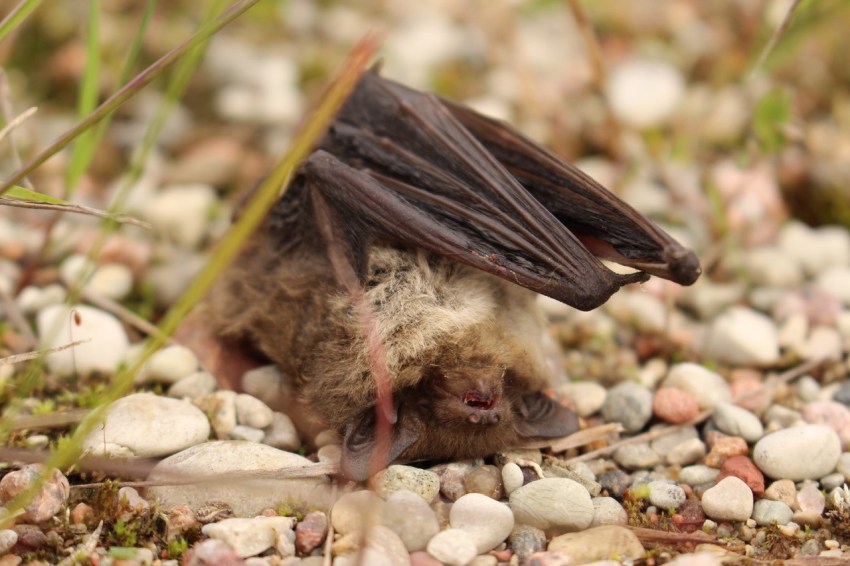

Why You Should Care
Bats are little fellas that play a big role in the ecosystem.
These winged mammals are responsible for pest control, pollinating plants, and spreading seeds.
Bats usually eat about half their body weight or more in insects during a single night.
Some bat species are estimated to consume 1,000 or more small insects, including mosquitoes, in just one hour.
Where bats are abundant, mosquitos are simply not a problem and lake-side cottagers frequently set up bat boxes to encourage bats to move in for mosquito control.
In addition to saving you from the annoyance of mosquitoes, the natural pest control bats offer has saved the global agriculture and forestry industries billions of dollars.
If bats were to go extinct, it would create a laundry list of irreversible consequences.
Many ecosystems in the world would slowly die, along with the more than 500 plants and trees that rely on pollination from bats, including bananas, mango, cocoa, and agave.
Here in Alberta, bats feed on wheat midge and diamondback moths.
According to Paul Muyres, agronomist with Solid Ground Solutions, these pests would cause serious problems for the agriculture industry.
“We are essentially then forced to use insecticide to control those pests, and both of them are problematic in wheat and canola,” said Muyres.
Bats aren’t just a convenience; they are a necessity. What can we do to protect our flying friends?
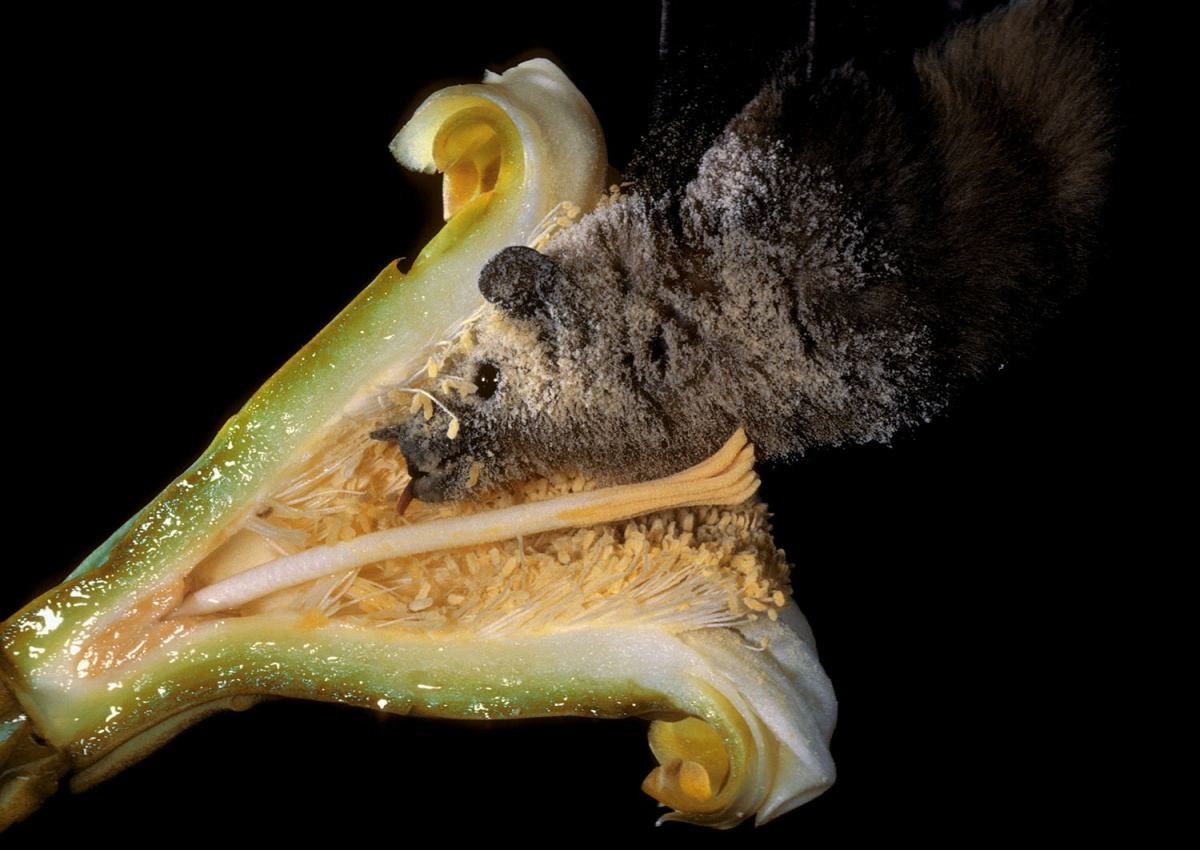

How Do We Protect Bats?
Holroyd and the Alberta Community Bat Program are pushing to add three species of migratory bats to the federal government’s endangered species list.
However, Alberta is not required to follow the federal government’s recommendations to protect endangered species. The province can create its own recovery strategy instead, which could be good or bad.
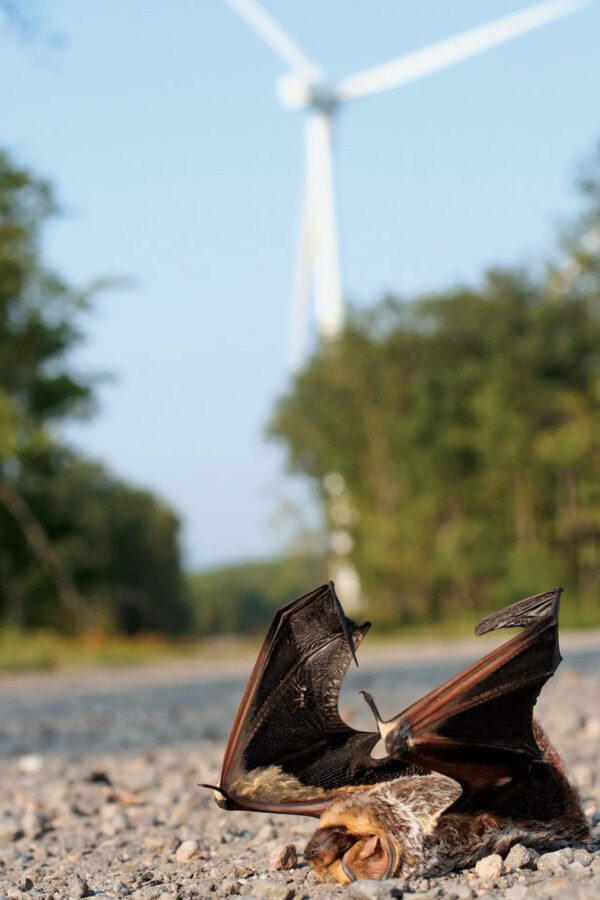

Holroyd suggests that wind farms implement strategies to reduce bat deaths during the six-week window bat migration window from the middle of August to the end of September.
Two strategies she recommends include shutting off turbines during lower wind periods and limiting the placement of turbines to five kilometres from riparian areas where bats roost and hunt.
“They just need to pick better sites. Something needs to be done. Wind seems to have gotten a free pass,” said Holroyd.
She claims that for a wind farm to limit production during peak bat migration, it would cost a company less than one percent of their output.
Her claim is supported by a 2023 study that found if all Ontario wind farms limited their production from the middle of July to the end of September, it would result in a 0.42 production loss!
Unfortunately, wind farms aren’t the only problem for Alberta bats.
Last year, White-Nose Syndrome, a deadly fungus that has wiped out over 90 percent of some North American bat species, touched down in Alberta.
Protecting bats might seem insignificant, but there’s no doubt we will feel their absence when they are gone.
For example, no bats mean no cocoa, the main ingredient of chocolate.
Do you want to live in a future without chocolate? We don’t – that would drive us ‘batty!’
Do you need some tequila to wash down this hard truth?
Well, too bad!
Because without bats, we wouldn’t have tequila either.
Wind farms are an important part of our province’s energy future.
Protecting our bats doesn’t mean eliminating wind farms, it just means being careful about where the farms are built and limiting wind farm production during peak bat migration.
Our world will suffer with the loss of bats, and our renewable energy future needs wind – we can balance both.
Awareness is step one.





